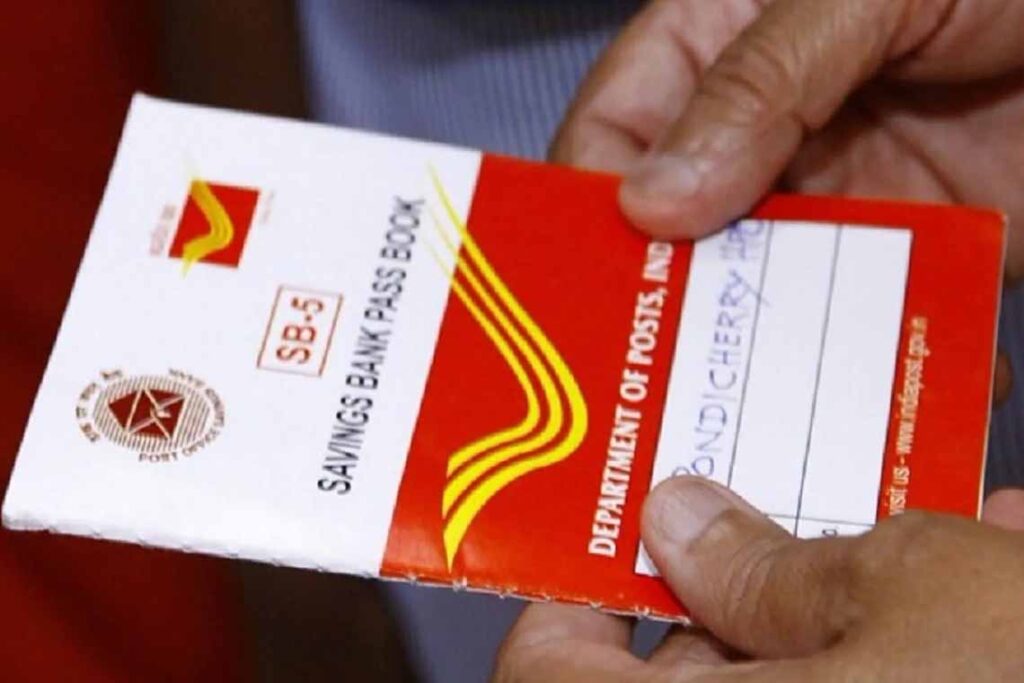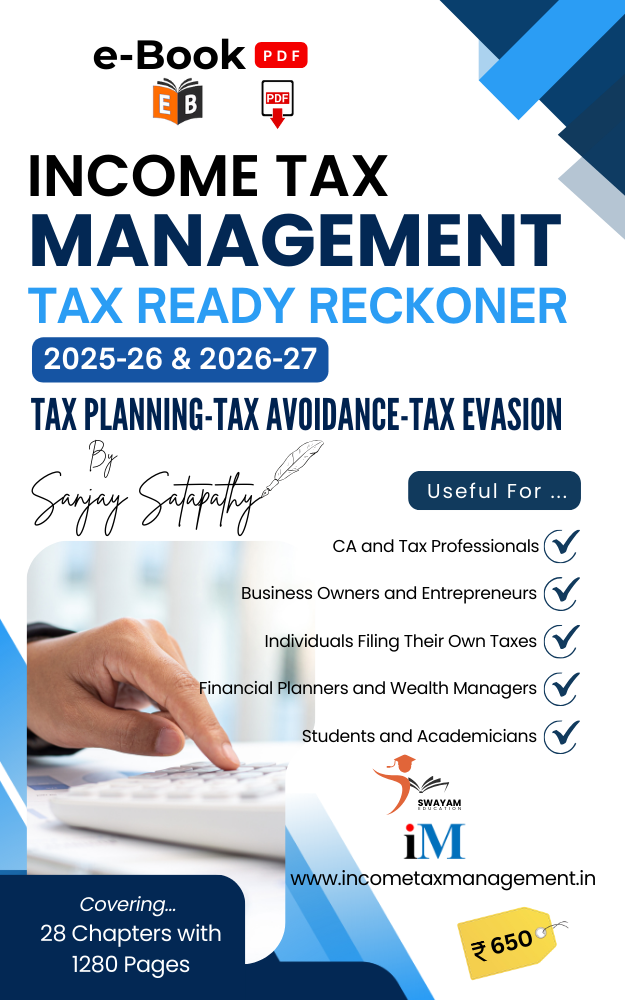The authority vested in officers for search and seizure is a crucial aspect of upholding tax laws and ensuring compliance within a jurisdiction. Understanding the framework of this authority, who wields it, and under what circumstances it is invoked is essential for both tax authorities and taxpayers. In this article, we delve into the intricacies of this authority, examining the roles, powers, and procedures surrounding search and seizure in the context of income tax regulations.
OFFICER AUTHORIZED FOR SEARCH AND SEIZURE
Who is authorized to issue orders for search and seizure?
- the Director General of Income Tax, or
- the Director of Income Tax, or
- the Chief Commissioner of Income Tax, or
- the Commissioner of Income Tax, or
- any such Joint Director or Joint Commissioner of Income Tax as may be empowered by the Board.
The Director General, Director, Chief Commissioner, Commissioner, Joint Commissioner, or Joint Director empowered by the Board can authorize officers subordinate to them, not below the rank of Income Tax Officer, to conduct searches. The authorized officer issues a search warrant in Form 45.
CIRCUMSTANCES FOR SEARCH AND SEIZURE
Under Section 132(1), a duly empowered authorized officer possessing information must have reasonable grounds to believe that:
a) A person to whom a summons under section 131(1) or a notice under section 142(1) has been served has failed to produce or caused to produce the requested books of accounts or documents, or
b) A person to whom a summons under section 131(1) or a notice under section 142(1) may be issued is unlikely to produce or cause to produce any relevant books of account or documents, or
c) A person is in possession of undisclosed money, bullion, jewelry, or other valuable assets, representing undisclosed income or property.
PERSONS SUBJECT TO SEARCH
Persons subject to search are those:
a) Who possess books of account or documents not produced or unlikely to be produced in response to notices or summonses, or
b) Who are likely to possess undisclosed income or property.
BASIS FOR SEARCH AND SEIZURE
The assessing officer must have reasonable grounds to believe that the person, regardless of whether a notice has been served, is unlikely to produce their books, etc. In such cases, the presumption is that the person will suppress books of account and other relevant documents. If challenged, the authorizing authority must substantiate the basis of belief.
POWERS OF THE AUTHORIZED OFFICER FOR SEARCH AND SEIZURE
The officer to whom authority is granted for search and seizure possesses the following powers:
a) Enter and search any building, place, vessel, vehicle, or aircraft where there is reasonable suspicion that books of accounts, documents, money, bullion, jewelry, or other valuable items are kept.
b) Break open the lock of any door, box, locker, safe, almirah, or other container if the keys are not available, to exercise the aforementioned powers.
c) Search any person who is in or around the premises if there is reason to suspect that they possess any of the aforementioned items.
d) Require any person found in possession or control of electronic records in the form of books of account or other documents to facilitate inspection.
e) Seize any books of account, documents, money, or other valuable items found during the search. However, as of June 1, 2003, the officer cannot seize bullion, jewelry, or valuable items constituting stock-in-trade; instead, they must make note or inventory of such items.
f) Place identification marks on books of account or documents, or make extracts or copies from them.
g) Make a note or inventory of any money, bullion, jewelry, or other valuable items found during the search.
ADDITIONAL POWERS OF THE AUTHORIZED OFFICER
a) Deemed Seizure: If it`s impractical to physically seize valuable items due to volume, weight, or dangerous nature, the officer may issue an order restricting the owner from dealing with the item without permission, which will be deemed as seizure.
b) Restraint Order: If seizing certain items is not possible, the officer can issue an order restricting the owner from dealing with them without permission.
c) Power to Requisition: The officer can requisition the services of police or central government officers for assistance during the search.
d) Examination on Oath: The officer can examine any person found in possession of relevant items under oath, and statements made can be used as evidence.
e) Presumption of Ownership: Certain presumptions regarding ownership and truthfulness of documents are established.
f) Retention of Seized Items: Seized items must not be retained beyond 30 days without written approval from higher authorities.
g) Copies of Extracts: The person from whose custody items are seized may make copies or extracts under supervision.
h) Handing Over Seized Items: Seized items must be handed over to the assessing officer within 60 days.
These powers and procedures govern the requisition of books of accounts and documents under Section 132.
When invoking such power under Rule 112D:
The Director General, Chief Commissioner, or Commissioner may invoke this power when:
i) A person who was issued a summons under section 131(1) or a notice under section 142(1) fails to produce the required books of account or documents, and these items have been taken into custody by another officer or authority under different laws.
ii) There is reason to believe that certain books of account or documents will be relevant to proceedings under the Act, but the person to whom summons or notices have been issued will not produce them upon return from custody under other laws.
iii) Assets seized under other laws represent undisclosed income or property for the purposes of the Act.
APPLICATION OF SEIZED OR REQUISITIONED ASSETS (SEC 132B)
Seized assets are dealt with as follows:
- They may be applied towards existing and future liabilities.
- Seized assets may be released after meeting existing liabilities in certain cases.
- Money seized may be applied to discharge liabilities.
- Assets other than money may also be used to discharge liabilities.
Excess assets seized must be returned.
Interest is payable at the rate of 0.5% per month or part of the month on the aggregate sum of:
a) Seized money reduced by any released amount, and
b) Proceeds of assets sold to discharge liabilities.
Interest accrues from the expiry of 120 days from the execution of the last authorization for search until the completion of assessment under section 153A or block assessment.
Conclusion:
In conclusion, the powers bestowed upon authorized officers for search and seizure play a pivotal role in maintaining the integrity of tax laws and ensuring compliance. Through a thorough examination of the individuals empowered, the circumstances necessitating such actions, and the procedures governing them, we gain insight into the mechanisms that uphold fiscal responsibility. As these powers are exercised judiciously, balancing the need for enforcement with the protection of individual rights is paramount. With clear guidelines and oversight, search and seizure operations serve as effective tools in upholding the principles of equity and justice within the realm of taxation.












